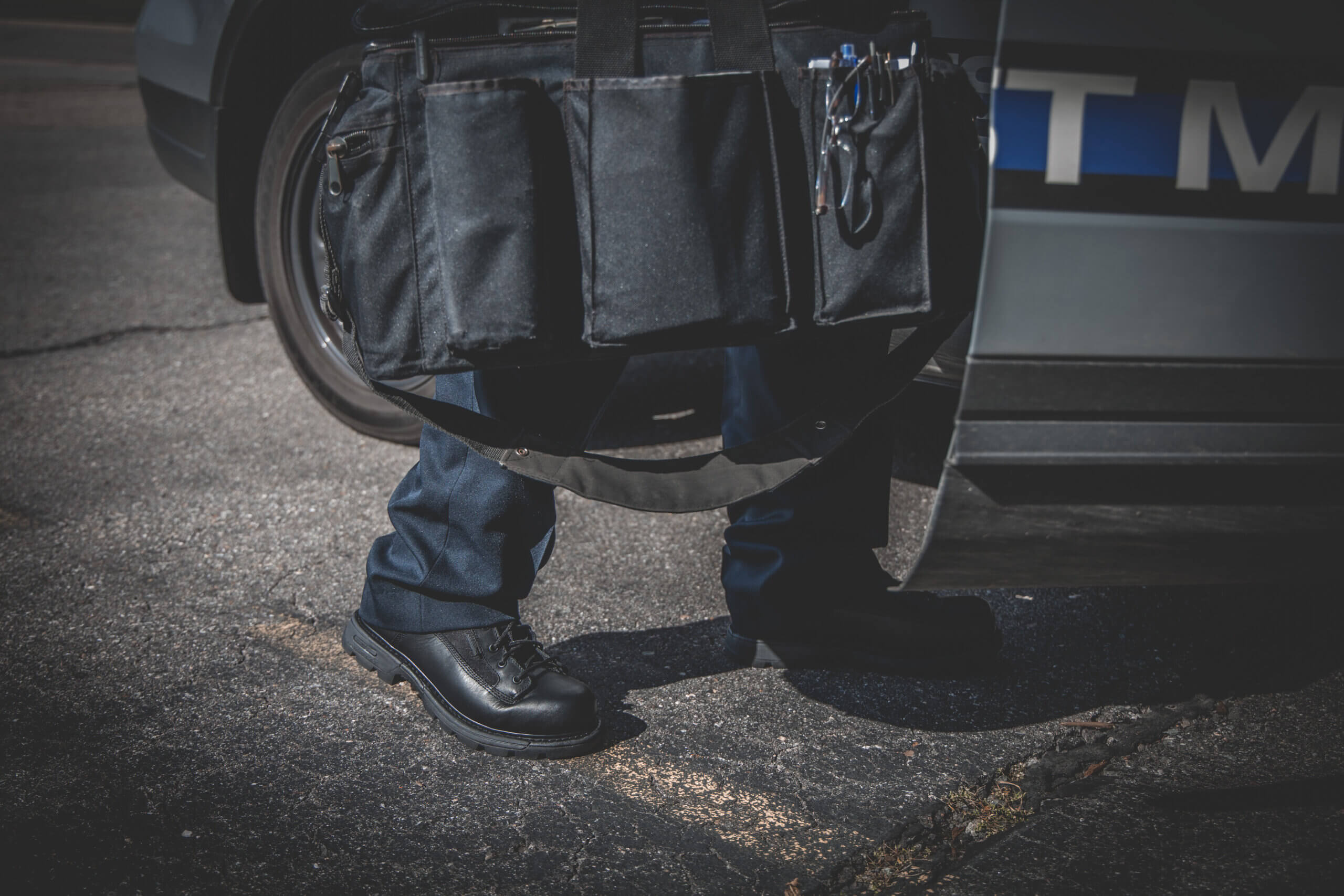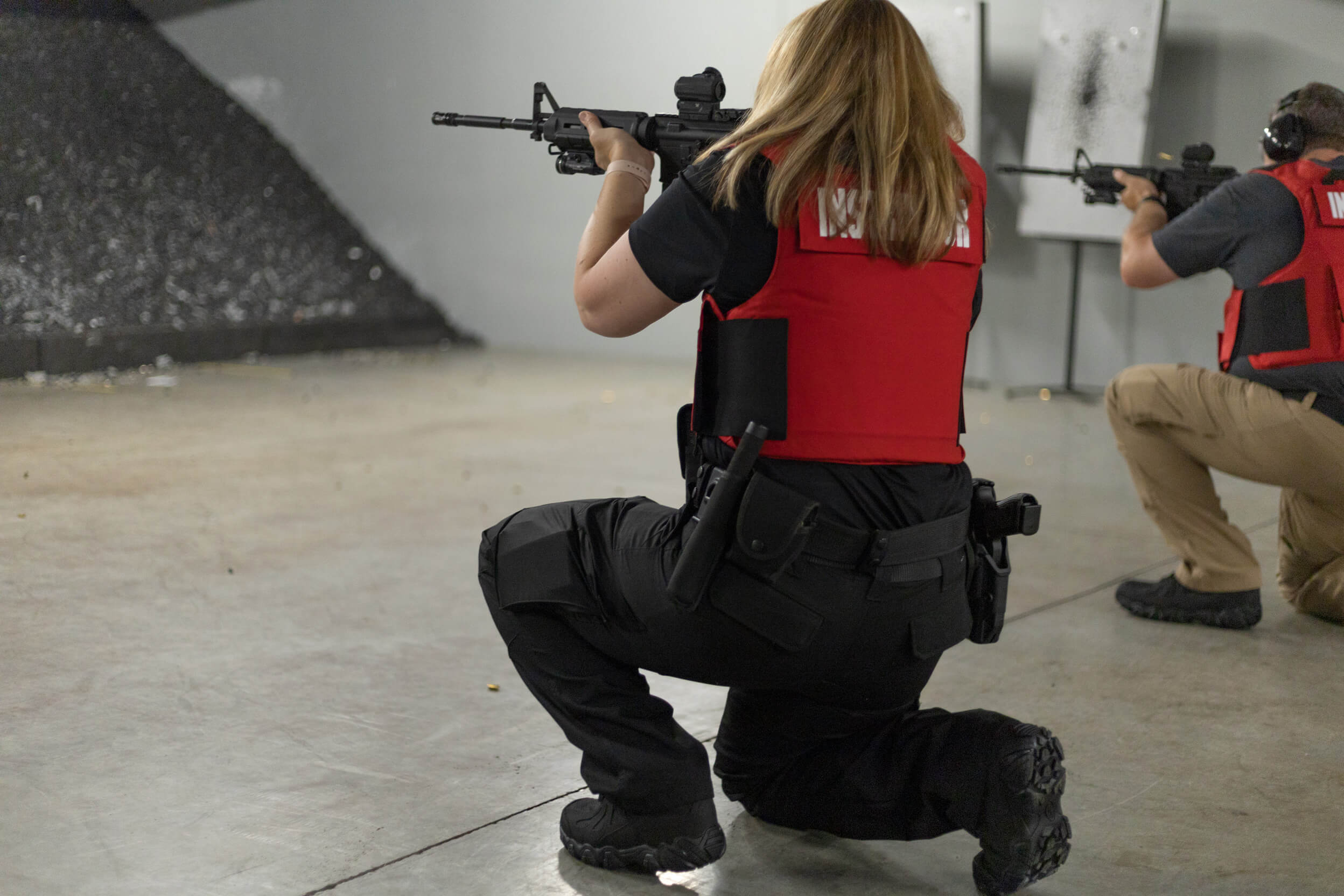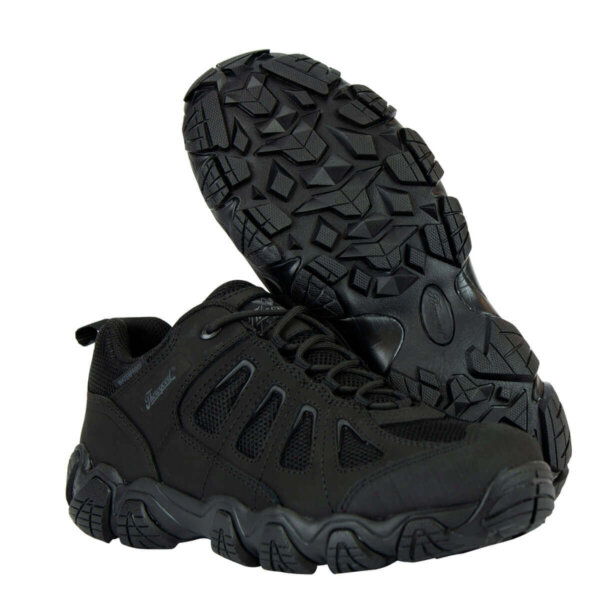If you’re in the police force, you know there will be times when it’s tough. When called to action, you’re going to need specialised boots designed to meet the demands and dangers of the work you’ll be doing.
Police tactical boots must provide protection, durability, and versatility. However, they should also be comfortable, especially when you may be standing, walking, or even running in them for extended periods, and need to outlast unpredictable situations.

Selecting footwear based on uniform requirementsCheck the uniform rules for your police department to see if there are any special rules. Then consider the sorts of situations in which you will need your tactical boots.
Unlike Class A uniform requirements, tactical shoes will more likely form a part of your Class B patrol uniform or Class C tactical training and deployment kit. This means that, while they should still look smart, priority must be given to performance and protection.
Due to the nature of the activities they may be exposed to, your tactical boots will need to be able to take more than a few knocks and come out unscathed.
Look for boots that are scuff- and abrasion-resistant on the heel and toe. However, make sure you can polish up the toe as well, so you can look presentable.

Shoe features for situational readiness
Tactical police boots are designed to perform under a range of physical stresses and heavy demands. Several forms of protection and resistances are available for these types of shoes, which are worth considering:
- safety toe (impact and compression) protection
- slip resistance
- electrical hazard protection
- water resistance
- blood-borne pathogen protection
- oil resistance
You’ll want to make sure your tactical boots can be relied on to protect you before an incident occurs which compromises your safety. One way of ensuring this is to check that the boots meet the required ASTM standards.
ASTM (American Society for Testing and Materials) is an internationally recognized organization which recommends standards to which manufacturers and materials should aim to meet.
Boots which make the grade for a specific resistance or quality will list the appropriate standard on a safety label, usually found under the tongue of the shoe or stitched to the interior.
For more information on ASTM ratings and how to understand the abbreviations on a safety label, we have a complete ASTM ratings guide which breaks this information down.
Do you need a safety toe?
Because you never quite know what you’re going to face, a safety toe may be a key consideration – especially when working close to heavy equipment or vehicles.
While steel or alloy toes are well known for providing impact protection, they are also heavier and are not really designed for fast-moving emergency response situations.
Composite toe boots are lightweight and smaller, don’t conduct heat or electricity, won’t set off a metal detector, but are still incredibly strong. If you need protection while still being fast on your feet, this is the better option.
Slip-resistant soles
As a professional who works a variety of outdoor and indoor locations, you need to be confident that each step you take won’t result in you losing your grip and ending up compromised.
A slip-resistant outer sole that meets stringent testing requirements provides the perfect solution. Whether you’re negotiating winter ice, rain, or surfaces slick with spilt liquids, you’ll be able to stand firm in even the most unforgiving conditions.
Electrical hazard protection
Boots that are insulated from the dangers of live voltage may not necessarily be your first thought during a routine day, but what if you’re suddenly thrust into an unfolding disaster?
Footwear designed with non-metallic parts and materials, which provide good electrical hazard protection, can be capable of withstanding not just shocks, but the application of a very high voltage for at least one minute. In short, they could save your life.
Water resistance
This is a quality that’s easy to appreciate when you’ve spent time patrolling in all weather conditions. But in an evolving situation, it can also mean being able to perform efficiently – even when wading through a flooded building or traversing a shallow body of water.
Blood-borne pathogen penetration
Exposure to blood is a potential risk which has implications for personal health. It’s helpful to have a pair of tactical boots that are blood-borne pathogen penetration ASTM-compliant. This means they will be resistant to blood penetration for at least one hour.
Oil resistance
Oil-resistant boots offer extra traction and a protective upper. They also provide a practical advantage if you find yourself attending the aftermath of a road traffic accident or any situation where there is the possibility of automotive fluids being present on the floor.
Other considerations for your comfort
Composite shank
A boot shank is a load-bearing piece of steel or other material sandwiched between the insole and the outsole near the arch of the foot. The shank help keeps the foot flat on uneven ground and protects from bruising or penetration.
Steel shank boots are great for rigged and harsh working environments. However, a composite shank will be much warmer and softer. They are also lighter and more flexible, which is particularly useful in fluid situations requiring a degree of athleticism.

Supporting materials and construction
Some boots come with removable shock absorbers or cushioned soles to add an extra layer of protection for your foot. If you’re walking tough terrain, a removable polyurethane insole offers stability, good impact absorption and can be washed to maintain boot hygiene.
If you’re wearing your boots on the city streets, a short-cut style may be more flexible and comfortable. However, a higher cut can lend support on all-terrain training days.
Lastly, while it may initially seem cosmetic, a side zip has practical value: it can make getting the boots on and off quick and easy at the beginning and end of the day.
Hard-working boots for law enforcement officers
You’ve got a tough job, so make sure nothing slows you down. Our selection of tactical footwear for police officers has you covered across the uniform class ranges, so you’re ready for any situation.
Whether you’re out on patrol or attending to an emergency in progress, you can be certain our boots will be lightweight, but heavy on the features needed to accomplish your goals, including waterproofing, slip resistance, and optional hazard protection such as a safety toe.
Need more information? Contact our customer service department for advice on csd@weinbrennerusa.com or call toll-free on: 800-826-0002.
